Affiliate links on Android Authority may earn us a commission. Learn more.
Upgrading from Nexus 6 to Nexus 6P: my personal impressions
January 14, 2016
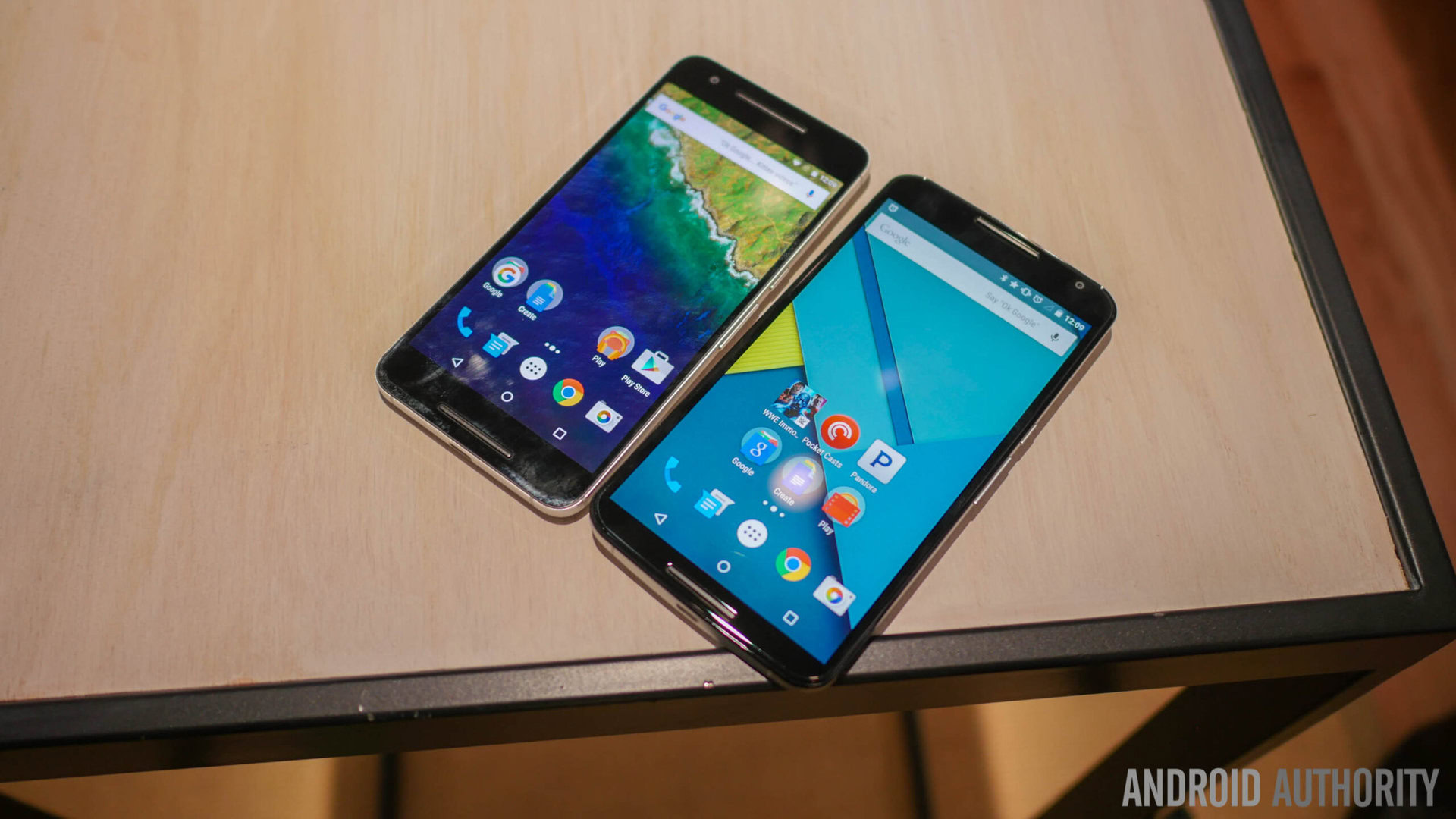
While the Nexus 6P has been available for a while now, there are no doubt a number of Nexus 6 owners that have yet to make the jump over to the 6P, but are at least semi-seriously considering the matter. We’ve already brought you a Nexus 6 vs Nexus 6P video comparison in the past, but now that I’ve personally upgraded to the Nexus 6P from the Nexus 6, I wanted to share some of my own thoughts, since it is coming from someone who actually has used the Nexus 6 as a daily driver.
I will be totally honest with you, if you are thinking about upgrading to get an improved day-to-day experience, you might end up disappointed. While certain aspects, like photography, are dramatically improved, day-to-day tasks, like opening apps and playing games, largely feel the same to me. Sure, the Nexus 6P is in all likelihood performing better in reality, but I can’t tell under normal circumstances. The Nexus 6 was already smooth as butter.
I could go down through the list of hardware and explain what’s different with the Nexus 6P, but I want to do things a bit differently here. Instead, I’ll talk about the new changes that immediately became noticeable to me from the very first day I opened up and started using the Nexus 6P.
Design

The first thing you’ll notice is that the Nexus 6P and Nexus 6 have little in common on the design front, expect for front facing speakers. And honestly, that’s a good thing.
As my colleague Jimmy Westenberg put it recently, “Nexus 6 just felt like a big Moto X”, and it’s a valid point. The Nexus 4 and Nexus 5 all stood out from the other flagships produced by LG, but that wasn’t the case with the Nexus 6, which took a it too much inspiration from Motorola. That’s not to say the Nexus 6 was ugly, it just felt like a strange step for the Nexus program. With the Nexus 6P, the Nexus series once again gets its own visual identity.
[related_videos align=”center” type=”custom” videos=”645715,651620,566728,321316,231446″]
In the hand, the Nexus 6P admittedly feels like a member of the HUAWEI Mate family, thanks to its metallic design and overall shape, but its protruding camera and front facing speakers make it clear this is something unique. Sure, not everyone loves the new design, but something must be said for originality. I also have to note that if you haven’t seen the phone in person, don’t judge it too harshly. I honestly thought the 6P was ugly, but now have come to enjoy its design.
Bottom-line, if you are looking for a bigger change in visuals, the Nexus 6P delivers. Though whether it is a step forward or step back will depend on your own personal tastes.
USB Type C
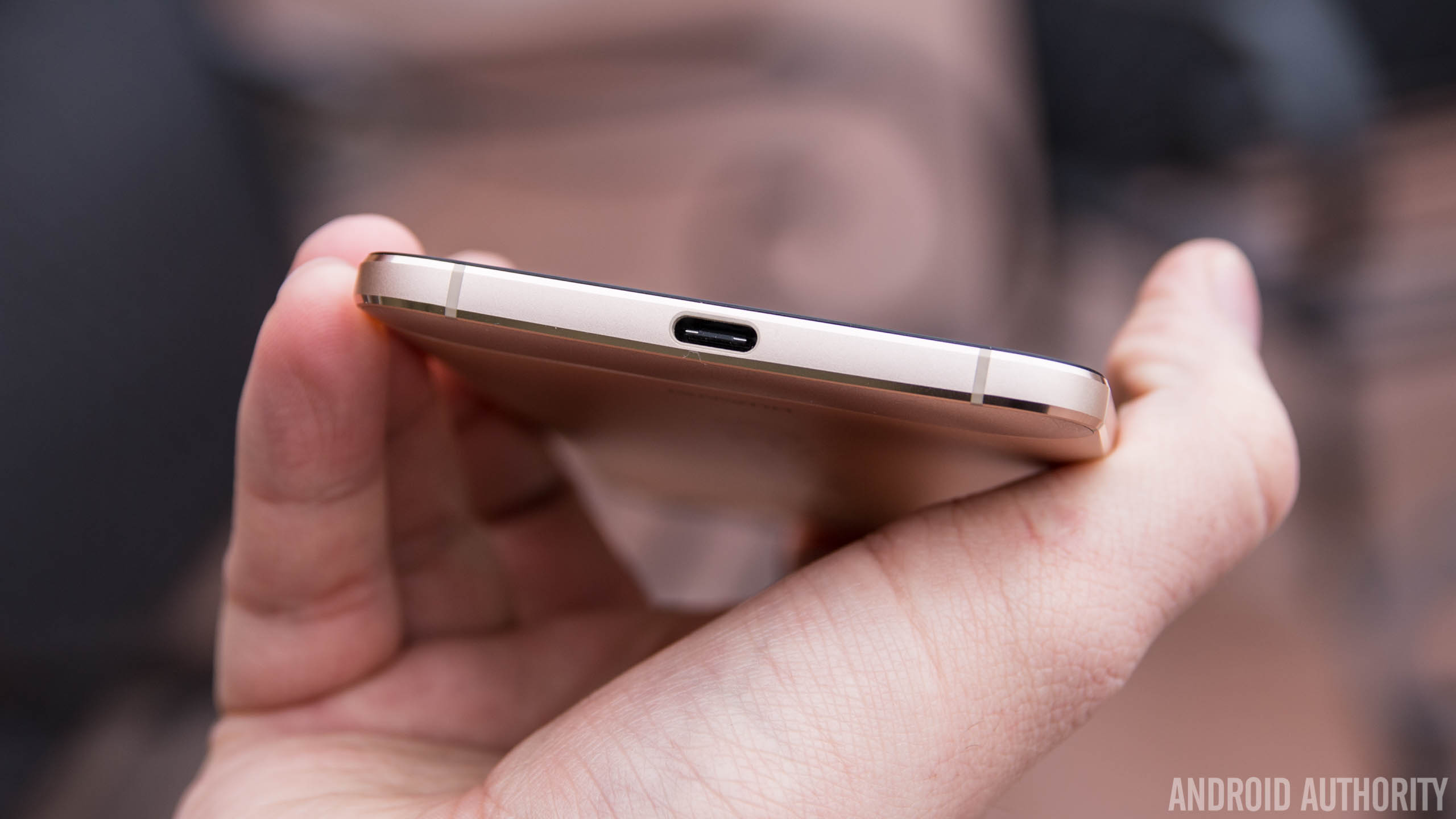
After design, this is probably the most immediately obvious change, and frankly something that I could probably have lived without. Yes, it has advantages when it comes to quick charging. Yes, it is fully reversible and much easier to insert. There’s no denying it is a superior cable in a lot of key ways, but switching to a new standard comes with all sorts of downsides.
On my way back from CES 2016, I managed to (like an idiot) lose my USB Type C cables. No problem, just go to the store and get new ones, right? Not so fast. Best Buy, Walmart, Target, and several other brick-and-mortars were visited, but no luck in finding a Type C cable in my area. The standard is relatively new, and too few devices offer it. Thankfully, I had a friend with a Nexus 6P that let me borrow a spare cable until the ones I ordered on Amazon arrived.
In time, the issue of finding a cable will dissipate as more devices make the move to the standard, and I’ll probably fall in love with USB Type C. For now, finding accessories or even spare cables isn’t easy, outside of the web. And for those of us with dozens of microUSB cables, it’s a bit frustrating to start over again.
If you are at all prone to losing cables, I’d recommend buying a few extra online so you don’t end up in a sticky situation. There’s also the matter of not bringing a charger and hoping to borrow a friend’s instead, unless that friend also has a USB Type C-equipped device – good luck.
Slightly smaller footprint
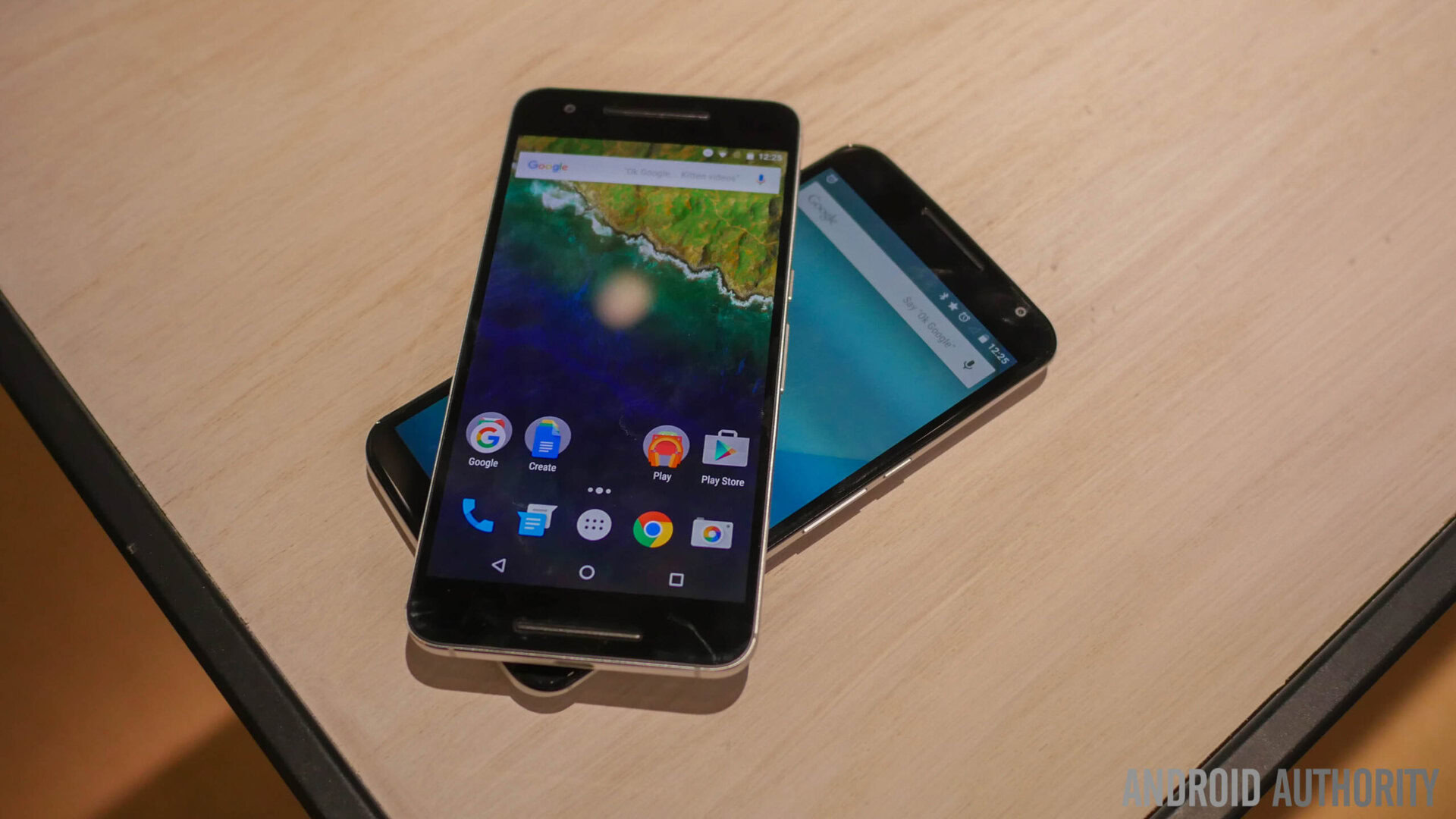
Despite its name, the Nexus 6P ironically doesn’t have a 6-inch display at all, instead slimming things down to 5.7-inches. Personally, I had no qualms with the larger size of the Nexus 6 and actually saw .3-inches less real estate as a minor downgrade. Now that the dust has settled and I’ve been using the Nexus 6P for a week, I must that the screen doesn’t necessarily feel smaller when it comes to media consumption – at least not enough to be a bother.
However, shrinking down to 5.7-inches does significantly improve one-handed use with the Nexus 6P. Although I was already able to use the Nexus 6 with one hand, I’d be lying if I didn’t say that it was a bit of a struggle. The smaller footprint of the Nexus 6P is still going to be a stretch for some, but is a great improvement here from the Nexus 6.
It’s noticeably lighter
Considering the smaller overall footprint, it’s no surprise that the Nexus 6P is lighter than the Nexus 6 at 178 grams versus 184. That might not seem like a big change, but it’s something I felt right away. At first, I kind of missed the heft from the Nexus 6, as something in my brain links weight to durability. Yes, I know that this is probably not the case in reality.
In a dramatic change in direction, after a week’s use, I am now finding that the Nexus 6 feels too clunky, due to the weight and size difference. So while I personally wasn’t interested in the 6P for its lighter profile, I must say it has grown on me.
The camera
The Nexus 6’s camera was a massive step forward from the Nexus 5, but compared to the competition? It was far from great. With the Nexus 6P, the Nexus series has finally caught up to other big players like Samsung and LG. While these two brands might still have the upper hand (depending on who you ask), the fact that the 6P is anywhere near the same league speaks volumes. If you consider photography a core part of your phone experience, this is probably one of the most compelling reasons to upgrade to the Nexus 6P from the Nexus 6.
To give you an idea of their respective cameras, here are some images from the Nexus 6P:
And here are some from the Nexus 6:
I realize images of the same thing from both would have been better, but unfortunately I’m not the best photographer, so this will have to suffice. I will tell you though that the Nexus 6P offers noticeable improvement, even for my horrible photographer eyes.
The fingerprint scanner
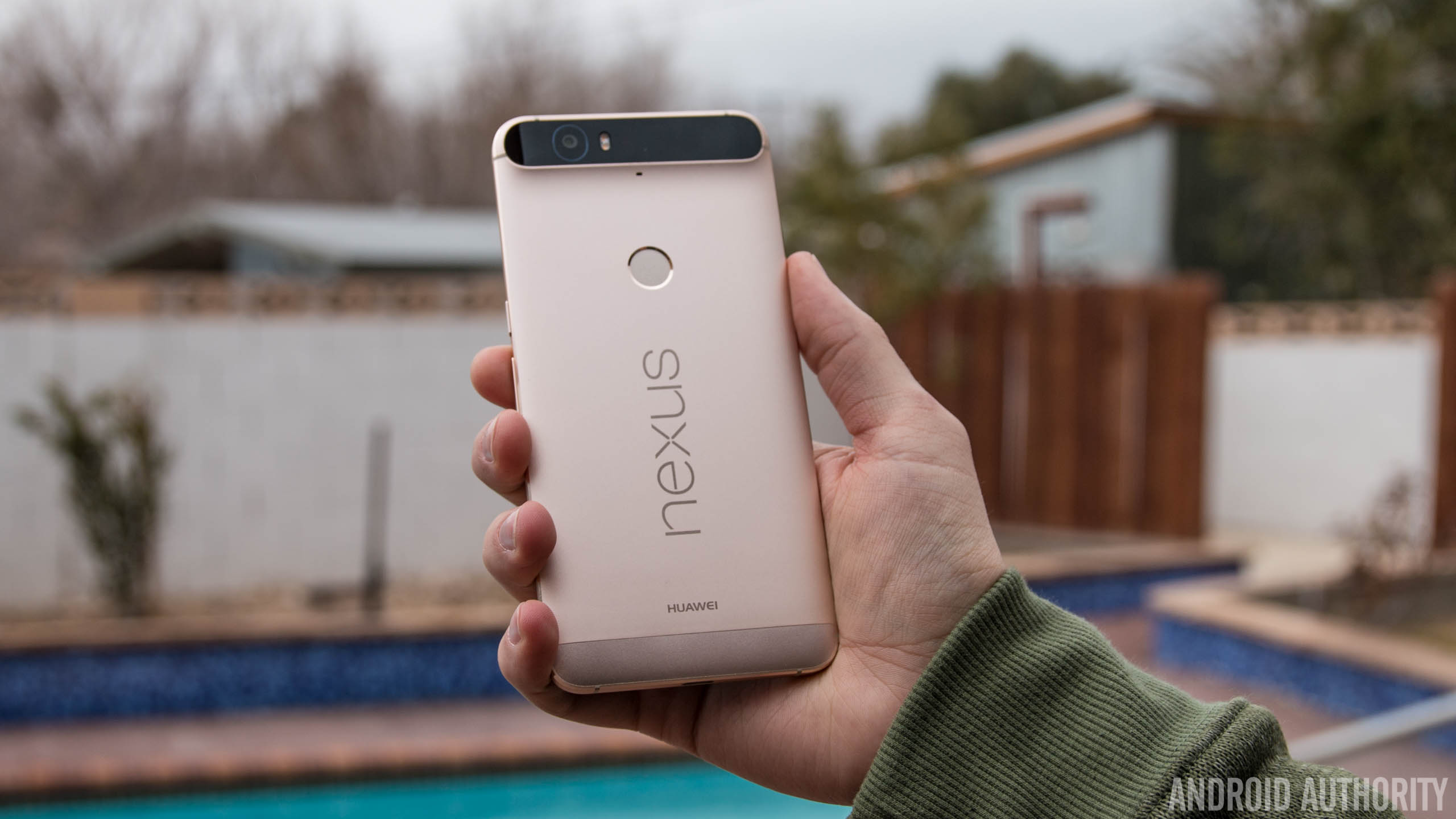
Though the Nexus 6 was originally envisioned as a fingerprint scanner-equipped phone, the final model lacked the tech integration. With the Nexus 6P, Google has finally brought us a flagship Nexus with finger scanning. How good is it? Exceptionally so.
I’ve used several different scanners from Samsung and others, and have found that HUAWEI offers some of the best. The Mate 7 was near perfect when I first started using it, though oddly enough it got a little less accurate months after use… though a dirty scanner and cluttered software probably had much to do with this.
Given that my Mate 7 fingerprint scanning experience was very positive, I wasn’t surprised to see that the Nexus 6P has a super accurate reader that hasn’t missed for me even once yet. I’m sure that it too isn’t perfect, but if you are interested in using your fingerprint for added security, you should be more than satisfied with the Nexus 6P’s integration of this feature.
Should you upgrade?
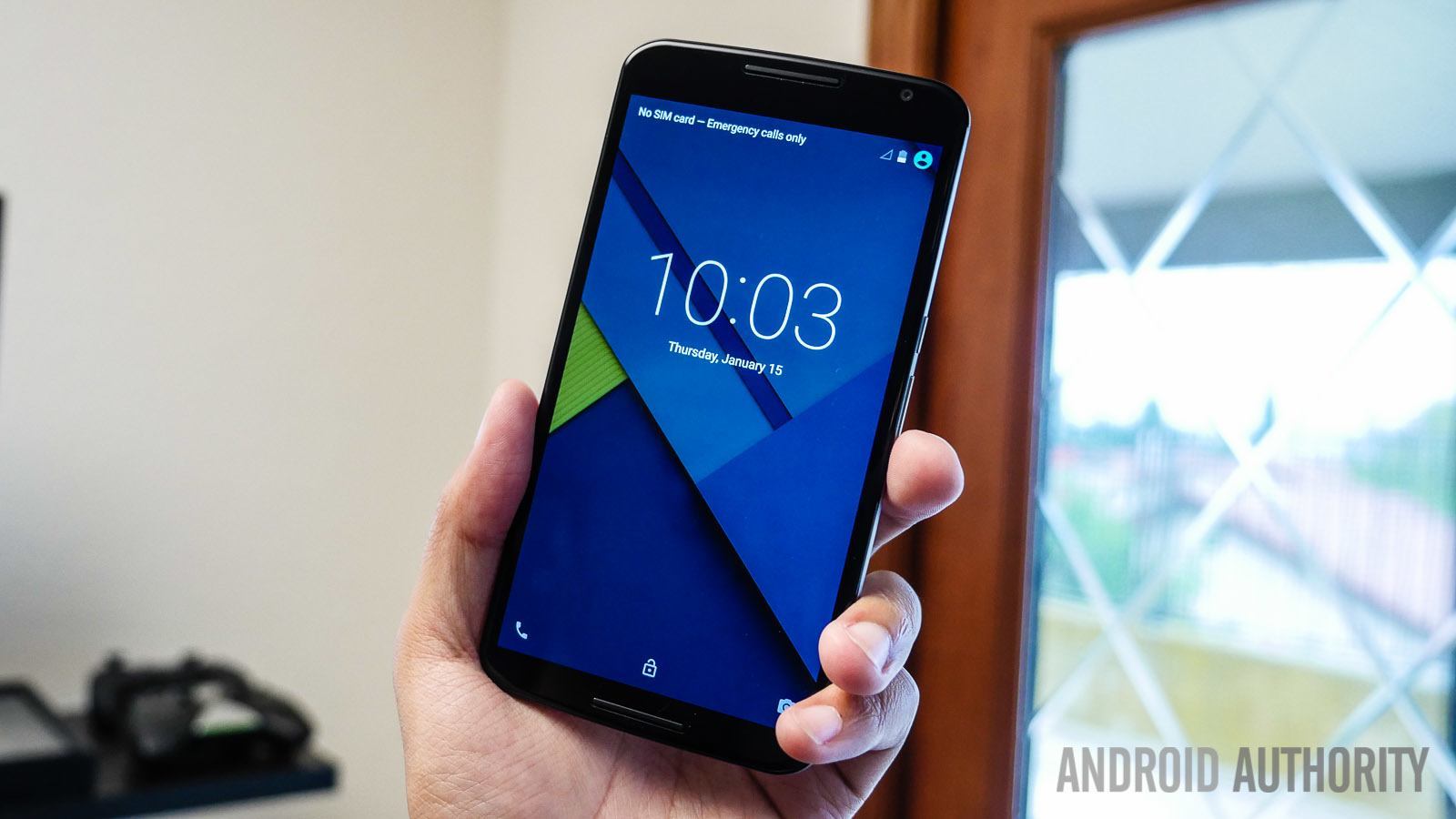
So those are some of the key differences that I noticed. Sure there are other spec sheet differences, but in real-world use, these are probably the key things you’ll notice. But should you spend the money and upgrade? That’s never an easy question to answer.
I will be frank by saying that if I wasn’t in the tech business, I probably would still be using my Nexus 6 until the end of the year. It’s a great phone and while the Nexus 6P is clearly superior, the Nexus 6 is more than capable of providing you a high-end Android experience until fall of 2016 rolls around and we are greeted with yet another new Nexus (or two?).
Now that I’ve had my hands on the 6P though, I don’t think I could go back. Even using the Nexus 6 for a moment I attempt to use the fingerprint scanner and find myself wishing the phone was smaller (funny, because that was something I didn’t think I wanted…).
As mentioned earlier, the Nexus 6P is a spec sheet upgrade, but day-to-day performance won’t see major gains. So really it comes down to whether the camera, fingerprint scanner, new design, and smaller footprint are worth spending several hundred dollars (assuming you sell your Nexus 6 to help with the purchase costs).
What do you think? Anyone make the switch from Nexus 6 to Nexus 6P, if so, what was it that compelled you to upgrade?